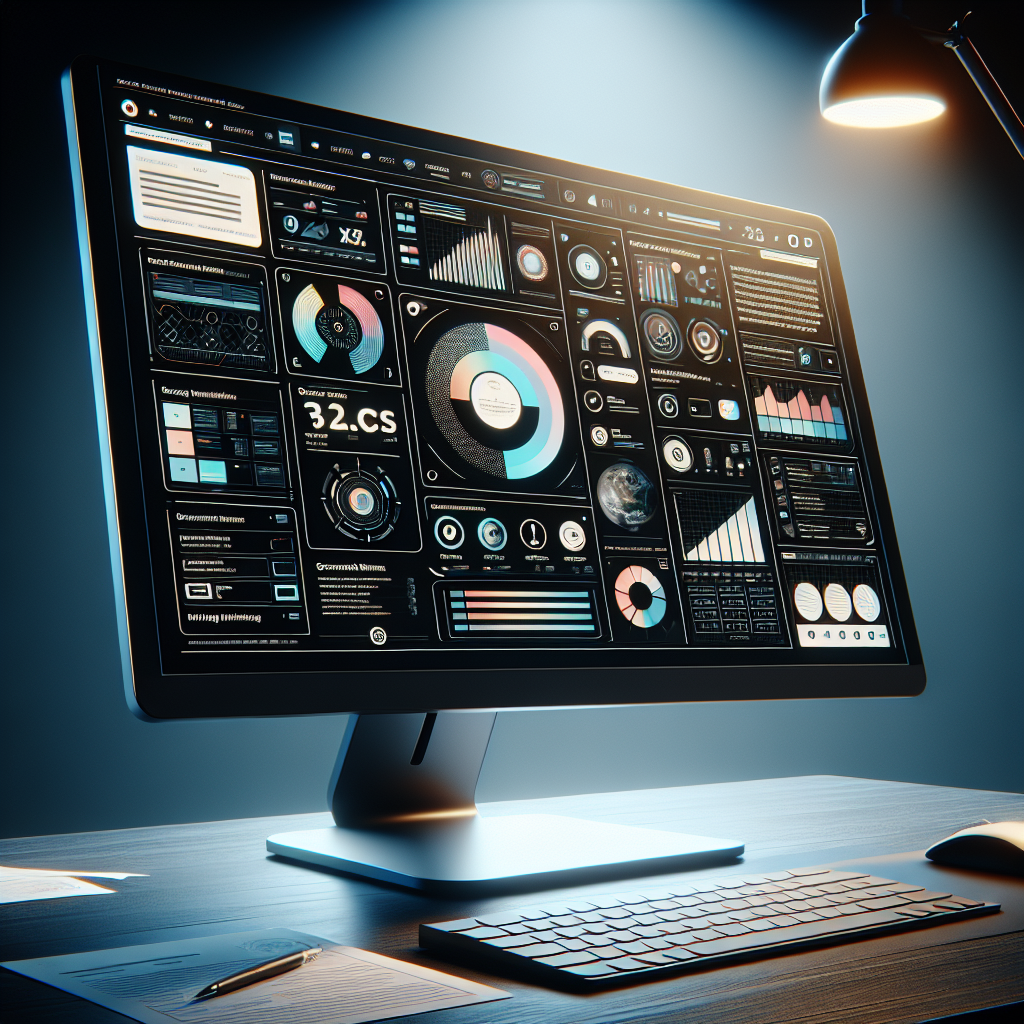As technology continues to evolve, the ways we interact with computer monitors are expanding. While landscape mode has long been the standard, many users are now exploring the benefits of using an LCD monitor in portrait mode. Whether you’re a coder, writer, designer, or simply looking to maximize screen real estate, portrait mode can provide a fresh perspective on your work. But can every LCD monitor be turned vertically, and how do you make this transition smoothly?
Understanding Landscape Vs. Portrait Mode
Before diving into the specifics of using an LCD monitor in portrait mode, it’s essential to understand the differences and advantages of both setups.
| Aspect | Landscape Mode | Portrait Mode |
|---|---|---|
| Standard Use | Widescreen content, general computing | Reading documents, coding, design vertical content |
| Advantages | Better for video content, gaming, multitasking with side-by-side windows | Improved readability for longer documents, seeing more code vertically, enhanced vertical workspace |
| Common Applications | Movies, general productivity, spreadsheets | Web development, writing, photo editing |
Benefits of Using an LCD Monitor in Portrait Mode
Using your monitor in portrait mode can come with several advantages:
- Enhanced Readability: When reading long documents or pages of text, portrait mode mimics the natural orientation of a paper, making it easier on the eyes.
- Better Coding Environment: Developers can see more lines of code at once, reducing the need to scroll constantly.
- Efficient Design Layouts: Graphic designers working on vertical designs or web layouts can see more of their projects without zooming out.
- Space Optimization: In multi-monitor setups, rotating a monitor can help better fit your desk space.
Steps to Set Up Your LCD Monitor in Portrait Mode
To switch your LCD monitor to portrait mode, follow these general steps:
1. Check Compatibility
Before making any adjustments, ensure that your monitor supports rotation. Microsoft Windows or macOS typically provide built-in screen rotation settings.
2. Physically Rotate the Monitor
If your monitor has a stand that supports rotation, gently turn the screen to the vertical position. If not, consider purchasing a VESA-compatible mount or stand that allows for rotation.
3. Adjust Display Settings
Operating System specific instructions to rotate the screen orientation:
For Windows:
- Right-click on the desktop and select Display settings.
- Under the Display orientation dropdown menu, select Portrait, Portrait (flipped), or return to Landscape as needed.
- Click Apply and confirm your changes.
For macOS:
- Go to System Preferences and select Displays.
- Hold down the Option key and click Rotate.
- Select 90 degrees, 180 degrees, or 270 degrees depending on your desired orientation.
- Confirm your changes.
Optimizing Your Setup for Portrait Mode
Once your monitor is set up in portrait mode, a few additional tweaks can optimize your experience:
- Adjust Font Sizes: Larger fonts can be easier to read when your screen is rotated.
- Rearrange Workflow: Such as toolbars or docked applications, for more efficient use of vertical space.
- Screen Calibration: Recalibrate your monitor’s color and brightness settings for the best viewing experience.
Challenges and Considerations
While portrait mode offers many benefits, it’s essential to be aware of potential drawbacks:
- Not Ideal for Multimedia: Watching videos or playing games is often better suited to landscape orientation.
- Compatibility Issues: Some older software and applications may not display correctly in vertical mode.
- Physical Adjustment: Rotating your monitor frequently can lead to wear and tear.
Conclusion
Using an LCD monitor in portrait mode can significantly enhance your productivity and comfort in specific workflows. By understanding the benefits, following the correct setup process, and making suitable adjustments, you can fully leverage this versatile feature. Evaluate your specific needs and monitor compatibility to decide if portrait mode is suitable for your work environment.

